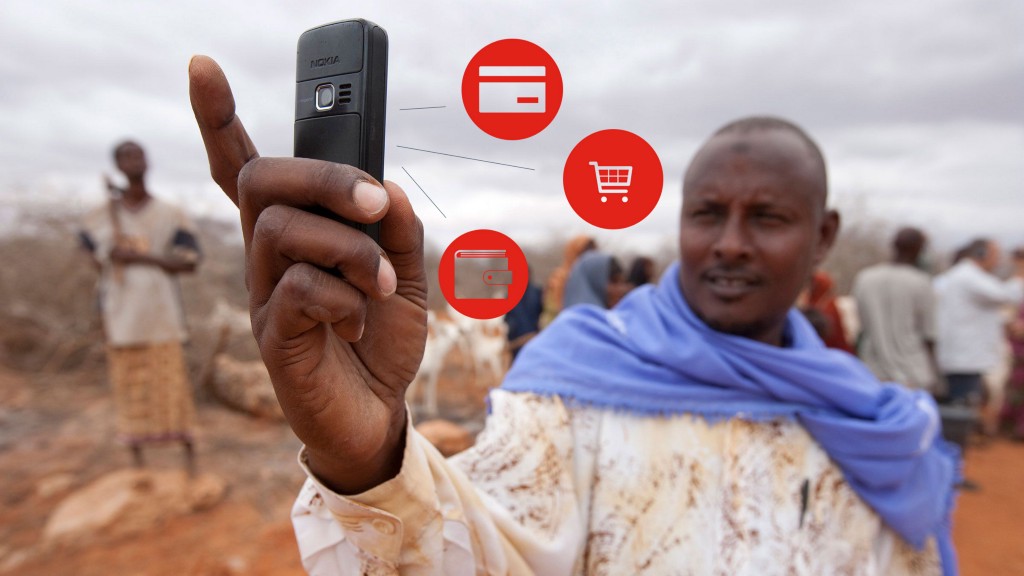The business case for bringing two billion more people and 200 million small businesses in emerging markets into the formal financial system through digital financial products and services is becoming familiar:
- New loan volume could top $2.1 trillion annually.
- Annual balance sheets of banks, mobile network operators, and other third-party providers of mobile money services could add $4.2 trillion annually.
- Annual costs of established financial service firms could fall each year by $400 billion.
- Emerging markets could add $3.7 trillion in GDP by 2025, a 6% boost over the business-as-usual scenario.
Recent inclusive fintech deals include: Umunthu fund’s investment in Oradian in Nigeria, Aye Finance’s $3.8 million raise in India and Endeavor Catalyst’s backing of Creditas in Brazil.
Less well known is what it takes to capture this opportunity, while delivering benefits to the unbanked.
A new report from McKinsey takes a systematic look at the economics of mobile money. Among the highlights of “Mobile money in emerging markets: The business case for financial inclusion”: Scale is the key determinant of profitability, and it requires significant up-front investment.
Researchers pegged the break-even point for individual providers at between $2 billion and $3 billion in annual transactions (or revenues of $20 million). To get there, providers incurred annual information technology costs of about $1.5 million. Unit costs decrease with transaction growth and as providers reap network effects. Mobile money, the report concludes, can become a 35%-margin business — eventually.
Go deeper: “Can ‘asset-light’ fintech crack the code for base-of-the-pyramid business?”
The Catalyst Fund’s gateway to financial services for the world’s next billions











